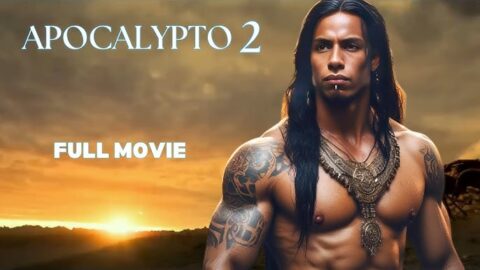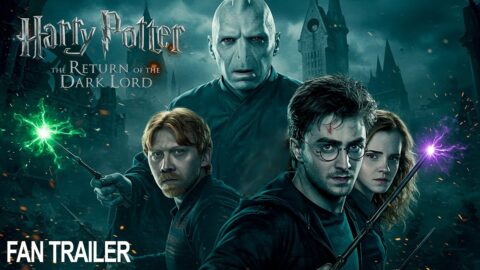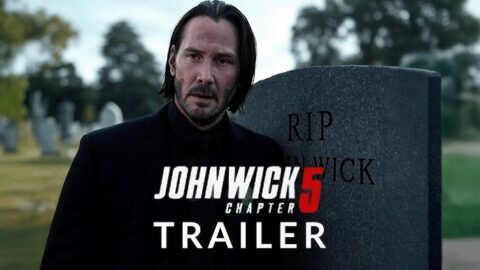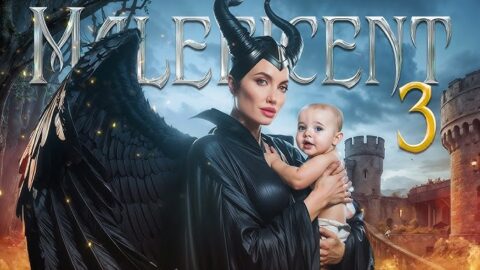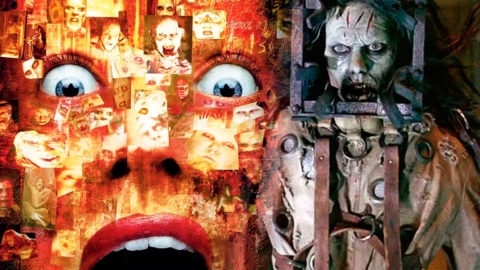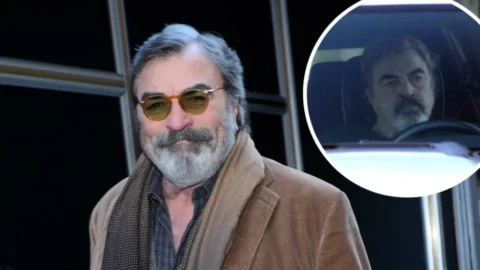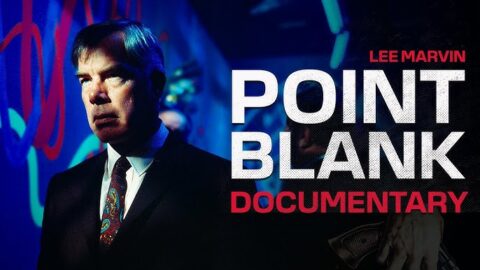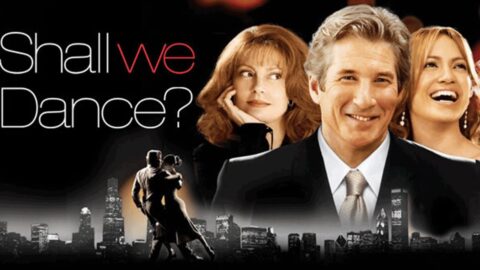Stanley Kubrick’s Full Metal Jacket remains one of cinema’s most chilling and unflinching portraits of war and the brutal machinery that forges young men into soldiers. Released in the summer of 1987, this searing Vietnam War film is still dissected and discussed for its hypnotic blend of pitch-black satire, unforgettable characters, and Kubrick’s trademark visual precision.
Divided into two starkly different halves, Full Metal Jacket first plunges viewers into the dehumanizing crucible of Marine boot camp, where recruits are broken down under the volcanic fury of Gunnery Sergeant Hartman — brought to terrifying, iconic life by R. Lee Ermey’s legendary performance. Matthew Modine’s “Joker” and Vincent D’Onofrio’s tragic “Gomer Pyle” endure relentless psychological and physical torment, culminating in one of the most harrowing sequences Kubrick ever filmed.
The film’s second act drops us into the surreal chaos of Vietnam, where Joker — now a combat correspondent — navigates the blurred lines between truth, propaganda, and raw survival. The urban warfare scenes in Hue City are nightmarish and eerily detached, showcasing Kubrick’s unique ability to make war feel both horrifyingly real and disturbingly dreamlike.
Nearly four decades later, Full Metal Jacket remains essential viewing — a blistering reminder of how war strips humanity down to its core, framed through Kubrick’s cold, masterful lens. From its unforgettable opening lines to its haunting final march, it lingers in the mind like a grim echo of every young soldier’s lost innocence.
WATCH FULL MOVIE: If you haven’t revisited Full Metal Jacket, there’s no better time to dive back into Kubrick’s unforgettable vision — a classic that refuses to soften the truth of what war really makes of men.
